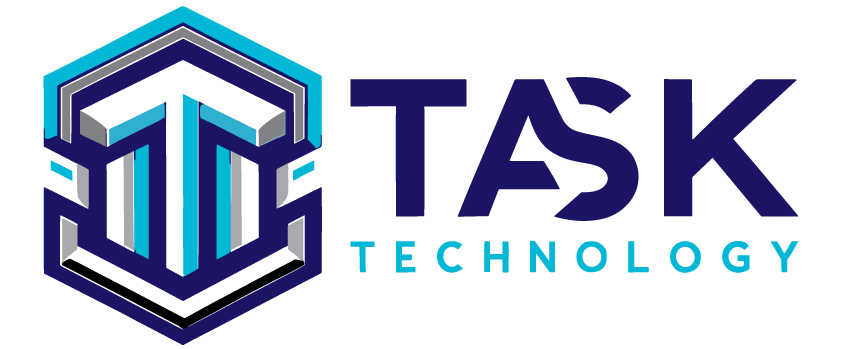Graphics Design

Create Design Solutions
Expert Graphics Design
Services for Unique Content
Task Technology Graphics Design service is dedicated to enhancing your brand’s visual identity with unmatched creativity and expertise. From logos to graphics for social media, websites, and marketing materials, we create designs that resonate with your audience. Task Technology team combines artistic flair with strategic insight to deliver visually compelling solutions that reinforce your brand message and boost engagement. Whether you require infographics, advertisements, or branding elements, we customize designs to match your goals and aesthetic. With meticulous attention to detail and a commitment to excellence, we ensure each design reflects your unique identity and captivates your target audience. Let us bring your concepts to life with impactful visuals that leave a lasting impression and differentiate you from competitors.
